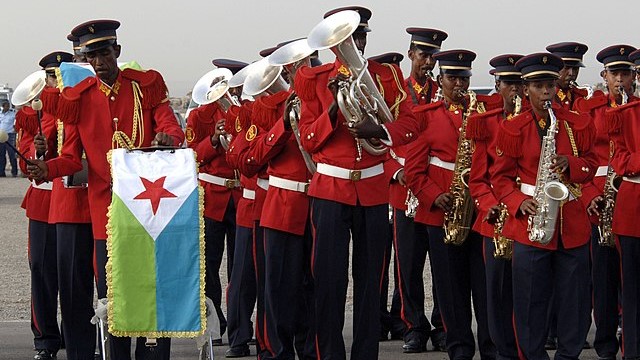On the shores where the Red Sea meets the Gulf of Aden, Djibouti has long stood as a cultural crossroads. Its music, shaped by centuries of migration and exchange, reflects that position with remarkable clarity. Though less widely known than other African traditions, the soundscape of Djibouti carries deep historical resonance, weaving together threads from Somali, Afar, Arab, and French influences into a distinctive cultural tapestry.
Much of this musical heritage is communal at its core. Performances often unfold at weddings, festivals, or neighborhood gatherings, where rhythm and song blur the boundaries between audience and performer. In such spaces, music becomes more than entertainment; it functions as a form of oral history, a way of transmitting stories, social values, and collective memory.
Among the most enduring forms is gurb, a style performed with instruments such as the oud—a pear-shaped lute common across the Middle East—and an array of percussion. The sound is both earthy and ethereal, anchored by steady drumbeats yet carried by the oud’s plaintive tones. Vocals, often improvised, trace themes of longing, kinship, and resilience, offering listeners not simply melodies but narratives. The experience is less about polished performance than about the evocation of spirit and shared identity.
Traditional dance accompanies much of this music, adding a visual dimension to the experience. Dancers in brightly colored garments move in sync with the rhythm, their steps echoing motifs from pastoral life, seafaring, and ritual. The combination of sound and movement forms a kind of cultural performance that is as much about community affirmation as artistic expression.
Yet Djibouti’s musical landscape is not static. In recent decades, local artists have blended traditional forms with contemporary sounds, layering electric guitars or keyboards over age-old rhythms. Hip-hop and reggae influences find their way into recordings, creating a hybrid style that speaks both to younger generations and to the country’s global connections. These innovations illustrate how tradition and modernity coexist, ensuring continuity while allowing for reinvention.
The result is a living art form—one that honors the past while remaining firmly engaged with the present. For Djiboutians, music remains an emblem of identity, bridging generations and communities. For observers beyond its borders, it offers an intimate view of a nation often defined geopolitically but rarely understood in cultural terms. In the rhythms of gurb and the dances that accompany it, a story unfolds that belongs both to Djibouti and to the wider African continent.
Sources:
- UNESCO. “Traditional Music and Oral Heritage in the Horn of Africa.” UNESCO Intangible Cultural Heritage Reports, 2021.
- Hassan, Amina. Songs of the Red Sea: Music and Identity in Djibouti. Addis Ababa University Press, 2019.
- Ministry of Culture and Communication, Republic of Djibouti. Cultural Policy and Heritage Report, 2022.

